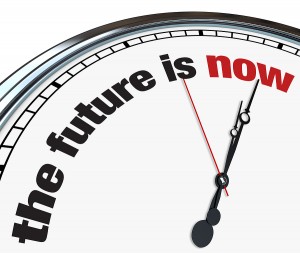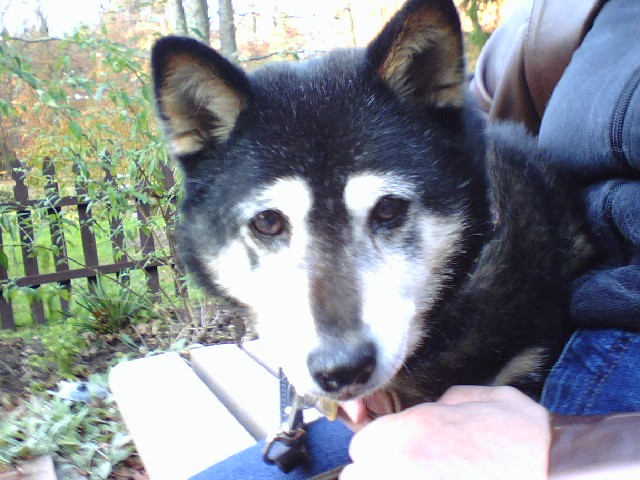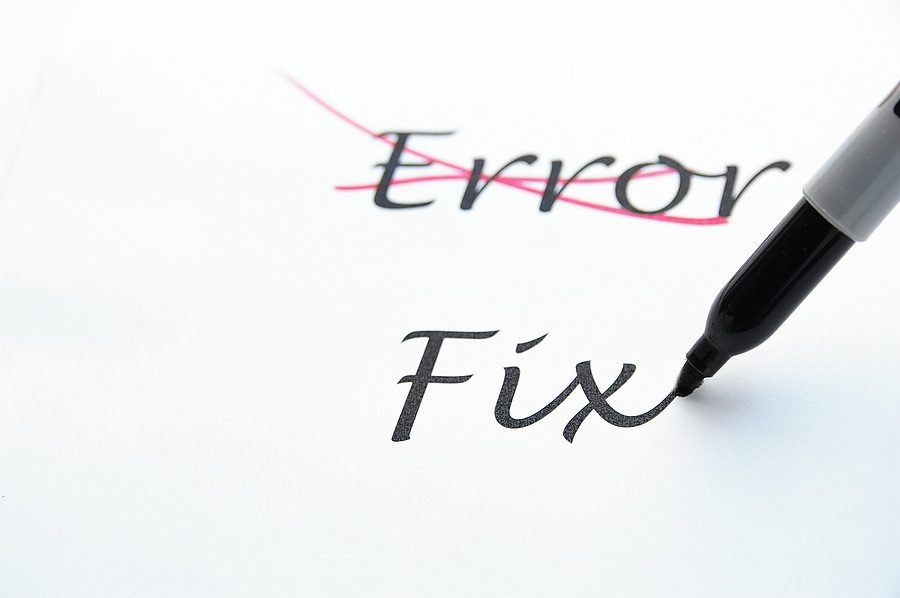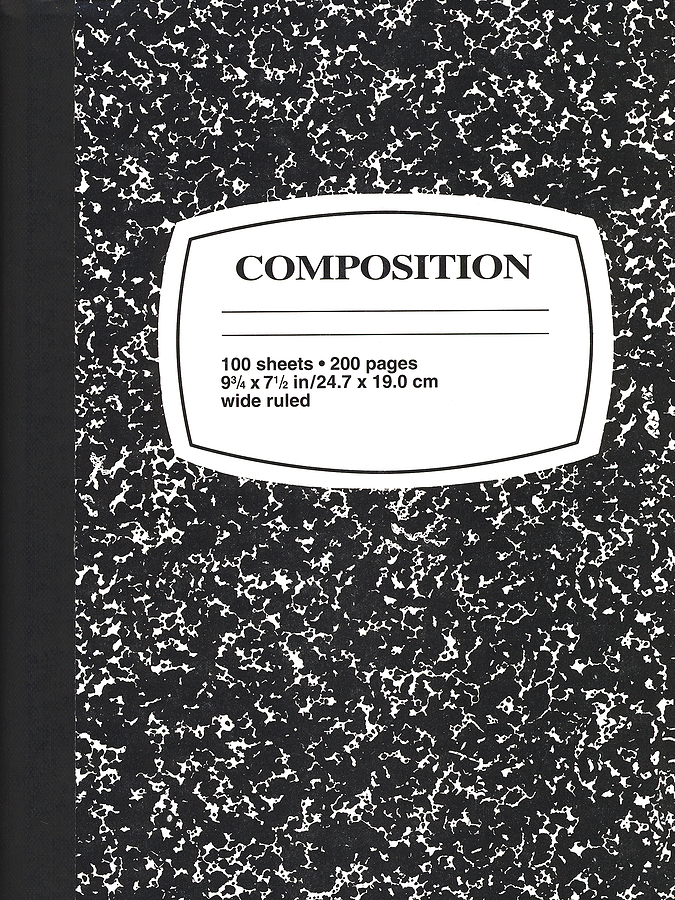Business Guidance from the Future
 I asked my friend, Jake Jacobs, how business was doing, and expected a mechanical response, like “Things are good” or “Can’t complain.”
I asked my friend, Jake Jacobs, how business was doing, and expected a mechanical response, like “Things are good” or “Can’t complain.”
Instead, he told me he’s having the most profitable twelve months he’s had in twenty-five years as a consultant – and that’s in a down economy. This year, in fact, his firm is exceeding last year’s revenue by 170%.
How’d that happen?
A few months back, Jake did a little soul searching, and decided he wanted his company, Winds of Change Group, to hit the five-million-dollars-a-year revenue mark. Reaching that figure, though, would represent a jump. A jump that would take considerable time.
Jake, however, didn’t want to wait.
He knew if his company was to have any kind of shot of reaching that goal sooner rather than later, they couldn’t continue doing things the way they’d been doing them. To find out exactly how they should change, Jake took an unusual approach:
He projected himself into the future, and found his answers there.
That is, he didn’t first look at how his company could inch-ahead with what they were currently doing. Instead, he conducted a thought experiment, and imagined himself in the near-future heading a consultancy that was doing five million dollars business a year already.
A Vivid Daydream
During the experiment, which was something of a vivid daydream, Jake looked at each part of his firm and noted how they were conducting business. He saw who they had as clients, what services they were offering, how they closed deals, and how they delivered upon promises.
After conducting the thought experiment, Jake shared what he saw with his colleagues. Together they began taking immediate action on as many of his future-focused tactics as they could – thus behaving as if they were a five million dollar firm in the here and now.
They haven’t yet hit their revenue goal, but with increases of 170%, hitting that figure shouldn’t take long.
What tips can Jake share about his living-in-the future approach?
- “When you’re looking around in the future, don’t just see the big stuff, like who your clients will be. You’ve got to study every nook and cranny of your organization. So, if you’re looking at your future company, see how it would celebrate its successes. What would its parties look like?”
- “As much as possible, make that preferred future real today. Doing the stuff you’ve brought back is energizing. You start seeing results and evidence of change immediately. The more things change, the more your people see that they’re changing, the more likely they are to push for more change. It’s self-reinforcing.”
- “You can use this method in any aspect of your life. Why not have an image of the next hour being the way you want it to be. Give it a try, and check in sixty minutes later to see how it works.”
Your Assignment
Try Jake’s preferred future exercise during your next bout of freewriting.
First, do a twenty minute session on what your dearest business goals might be, and what your company would look like once you’ve reached them.
Second, do another twenty minute session on what you learned during the first session, and what you could apply to your business today if you chose to.









